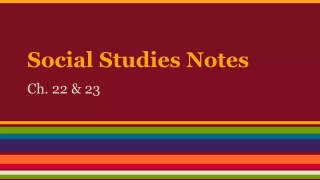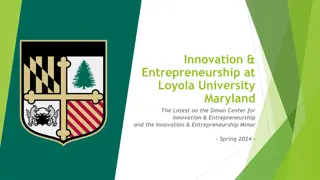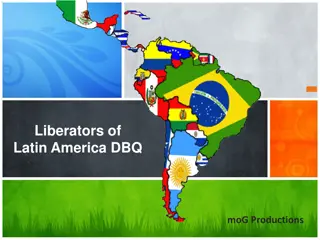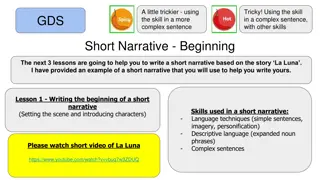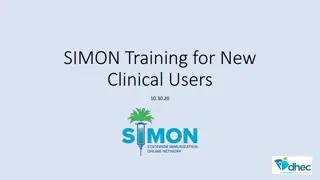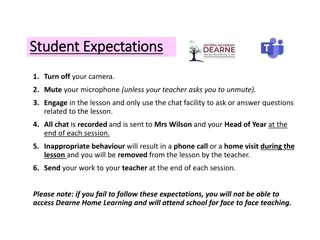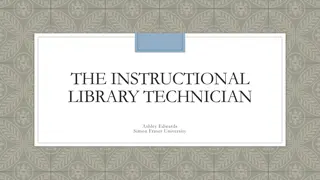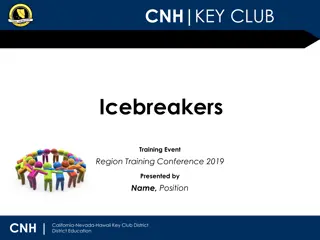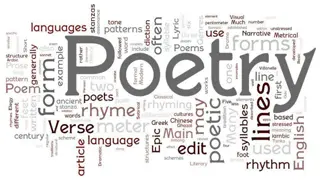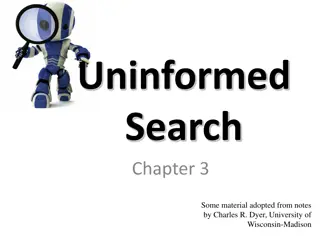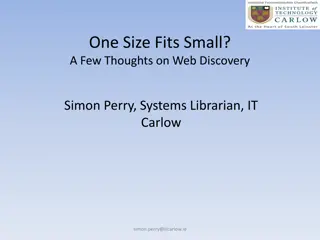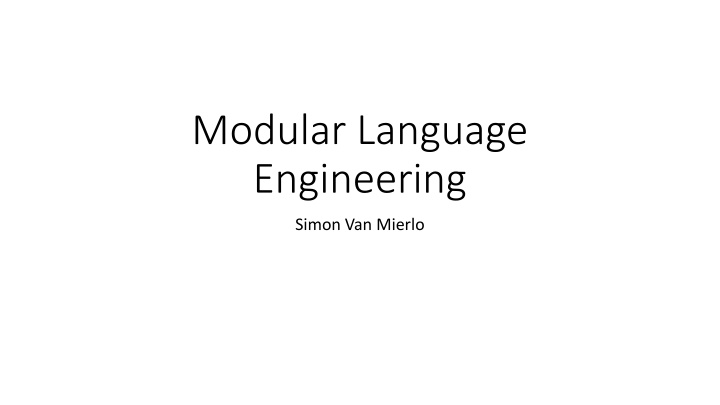
Advancing in Modular Language Engineering
Explore the concept of modular language engineering, focusing on combining existing languages, syntax, semantics, and more to create a versatile framework. Discover how modularization, merged syntax, and hybrid approaches enhance language development and address various concerns like debugging and testing.
Download Presentation

Please find below an Image/Link to download the presentation.
The content on the website is provided AS IS for your information and personal use only. It may not be sold, licensed, or shared on other websites without obtaining consent from the author. If you encounter any issues during the download, it is possible that the publisher has removed the file from their server.
You are allowed to download the files provided on this website for personal or commercial use, subject to the condition that they are used lawfully. All files are the property of their respective owners.
The content on the website is provided AS IS for your information and personal use only. It may not be sold, licensed, or shared on other websites without obtaining consent from the author.
E N D
Presentation Transcript
Modular Language Engineering Simon Van Mierlo
Why? Language Engineering Combine Existing Languages -> possibly hybrid behaviour Concerns: Debugging Testing V&V (Properties) Need for reuse! Syntax Semantics
DSL What? Syntax Semantics Concerns (Debugging, Testing, etc.) Monolithic -> Modularization Language Fragment Language Fragment glue
How? Merged Syntax MMglue MM1 MM2 SEM2 SEM1 SEMcoord Merged Semantics
How? (Black-Box) Hybrid TFSA-CBD Language
Roadmap Create language for specifying semantic interactions Extend to cross-cutting concerns (debugging) Glue metamodel: extra concepts Fragmentize languages to basic concepts Library of composable fragments Recompose existing languages (such as Statecharts) Create tool support

